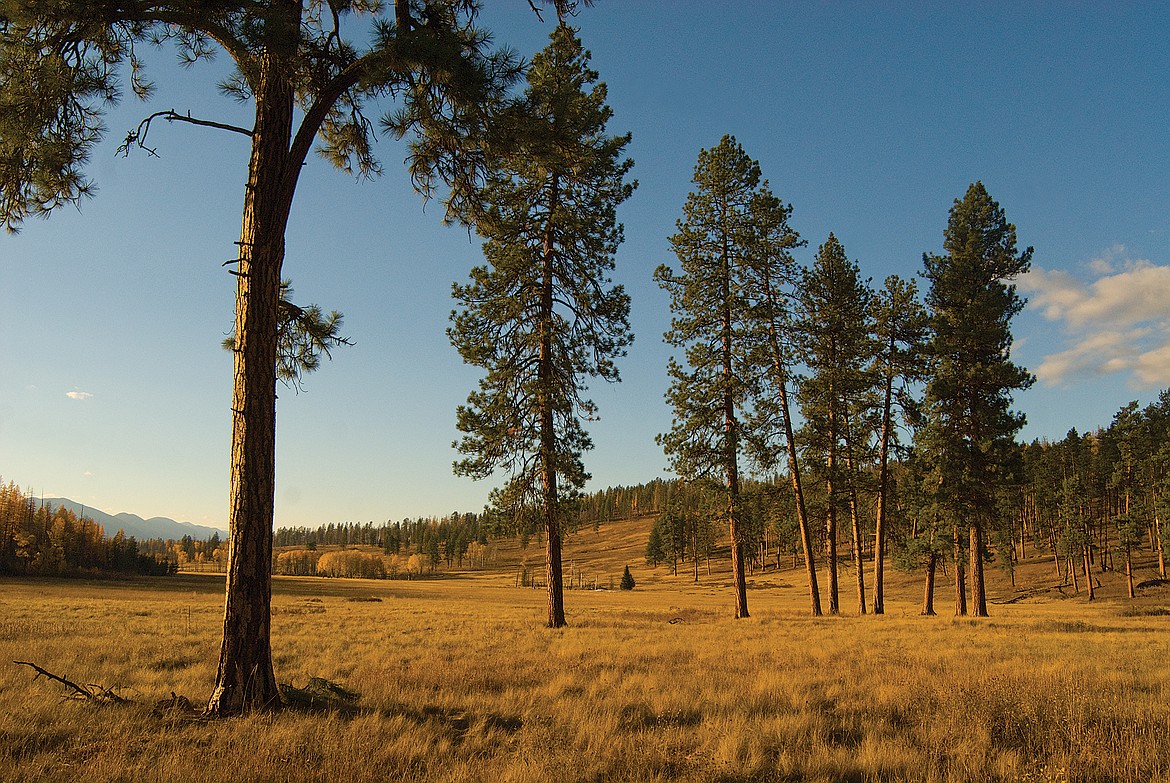Study: Climate change, severe fires, threaten iconic pines
Researchers at the University of Montana recently published a study which predicts a loss of ponderosa pine and Douglas fir-dominant forests in the intermountain west as they shift to other vegetation types like grassland or shrubland due to a combination of climate change and stand-replacing fires.
The study’s findings suggest that as the changing climate creates areas with conditions that are too hot and too dry for young ponderosa pine and Douglas fir seedlings to even begin to regrow, then existing mature forests of those species, if damaged by events like a stand-replacing fire or insect infestation, have little chance of regenerating...
Become a Subscriber!
You have read all of your free articles this month. Select a plan below to start your subscription today.
Already a subscriber? Login



